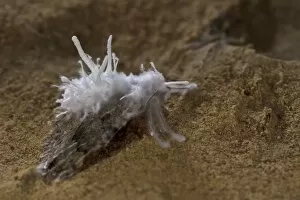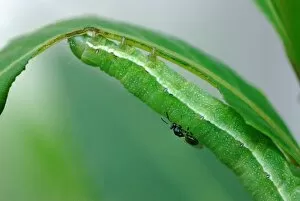Parasitizing Collection
"Parasitizing: The Intricate Dance of Power and Survival" In the realm of nature, where wealth takes on a different form
All Professionally Made to Order for Quick Shipping
"Parasitizing: The Intricate Dance of Power and Survival" In the realm of nature, where wealth takes on a different form, the concept of parasitism reveals its impact with astonishing clarity. In 1563, artists Philips Galle and Hadrianus Junius captured this intricate dance between predator and prey in their mesmerizing illustrations. Enter the Emerald Cockroach Wasp (Ampulex compressa), an enigmatic creature that manipulates its environment to ensure its own survival. With precision akin to a master strategist, the adult female wasp stings the American Cockroach (Periplaneta americana), injecting venom that paralyzes but does not kill. Within this unsuspecting host's body, a tiny larva emerges from an egg deposited by the wasp. It attaches itself firmly to its temporary home - a living vessel for sustenance. As days pass, it feeds upon vital organs while avoiding those necessary for immediate survival. The cycle continues as another adult female emerges from within the now lifeless cockroach carcass. A macabre rebirth unfolds before our eyes as she leads yet another unfortunate victim into her grasp – repeating this relentless pursuit for survival. As we witness these extraordinary scenes unfold, one cannot help but ponder on parallels within human society. The impact of wealth becomes evident; power is exerted over those deemed lesser or vulnerable. Yet even in such circumstances, there exists an undeniable beauty in nature's delicate balance. Just like the Emerald Cockroach Wasp relies on strategic manipulation to secure its future generations' existence, humans too navigate complex webs of influence and control. However unsettling it may be to draw comparisons between these worlds so seemingly apart – both underscore fundamental truths about life’s struggle for dominance and adaptation. So let us marvel at these captivating images that remind us how intricately intertwined our world truly is - where even acts considered parasitic can reveal profound lessons about the relentless pursuit of survival and the delicate dance between predator and prey.












